The sweet leaves of the stevia plant (Stevia Rebaudiana Bertoni) have been used as a sweetener in cultures in South America for centuries, but it has not been until recently that Stevia has been marketed in the US for that purpose. Stevia is calorie-free, carbohydrate-free, and truly a natural sugar alternative.
So, what’s the catch?
There is no catch.
Research on Stevia
Widely use in Japan for over 40 years, stevia makes up 40% of the sweetener market. In fact, Japan is the largest consumer of stevia. It was not until December of 2008 that the FDA granted approval for a compound in stevia (rebaudioside A) to be used as a sweetener.
The sweet taste in the leaves of the stevia plant come from compounds called steviol glycosides. There are several steviol glycsides found in stevia. Commercial stevia is made up the compound called rebaudioside A. It is 350-450 times as sweet as sugar, and is the least bitter of all of the steviol glyvosides. It is the steviol glycoside, rebaudioside A, that you are consuming when you purchase commercial stevia.
There have been many studies done that have repeatedly demonstrated the safety of using stevia, and not only just demonstrated its safety, but have also shown that there could be great health benefits from regularly ingesting this innocuous herb.
The most significant benefit that stevia may have is in its impact on insulin. Several researchers have claimed to see increased insulin production, and insulin sensitivity in subjects regularly using stevia. This is noteworthy because stevia could possibly help reverse effects of a disease that plagues not only adults, but children in our culture: diabetes. Interestingly enough, stevia has been used for years as a treatment for diabetes in traditional medicine. (There are a number of journal articles that address this: here, here, here, and here).
There have been few studies done that purport that negative side effects may occur from regular use of stevia, but for every 1 study there are many many more studies to refute the naysayers. Stevia has withstood the test of time and been shown time and again to be safe for long term use and lacking in side effects.
Nutrition & Impact on Blood Sugar
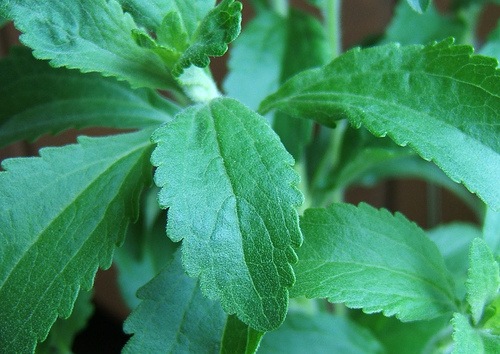
Stevia is found commercially under several brand names. Again, if you are purchasing stevia at your local grocery store, you will be purchasing a compound extracted from the stevia leaf called rebaudioside A. Along with this extract most manufacturers add other ingredients to their stevia. These other ingredients, may or may not have other side effects and may or may not have an impact on blood glucose levels. Most commercial stevia is combined with other ingredients to add bulk and make measuring and using the sweetener easier for the consumer.
Below is a list of some of the common brands of stevia and the other ingredients they contain that you may find at your store:
- PureVia – Adds dextrose and cellulose powder or maltodextrin
- SweetLeaf
– Adds inulin (soluble vegetable fiber & prebiotic)
- Truvia
– Adds erythritol (sugar alcohol, typically has no impact on blood sugar)
- Stevia In the Raw
– Adds dextrose or maltodextrin
- NuNaturals
(no carbs blend) – Adds erythritol
- NuNaturals
(pure extract) – No additives
- NuNaturals
(powder & packets) – Adds maltodextrin
Another option that some individuals use is to grow a stevia plant and use the whole dried leaves to make a stevia powder, or by making a syrup using those leaves. I’ve never personally tried it, but it sounds like a great option!
Substituting Stevia for Sugar in Recipes
Stevia can be a fantastic substitute for sugar in many recipes because it’s natural, safe, and unlike some sweeteners you don’t need to worry about it breaking down under heat while baking because it’s very heat stable. One thing stevia will not do is caramelize. Be aware that it won’t brown your food the same way that sugar does.
Pure stevia extract is very concentrated. Approximately 1 teaspoon is as sweet as 1 cup of sugar (though this certainly varies between brands of stevia). I typically avoid using only stevia extract when baking or sweetening something that is larger than a cup of tea because it often lends a slightly bitter taste when used alone and does not have enough bulk to replace sugar.
Honestly, when baking with stevia I often use the (not scientific) “taste and see” method. I usually start by adding a small amount of stevia to my recipe followed by a sugar alcohol (xylitol or erythritol). I continue adding until the unbaked recipe tastes a bit sweeter than I would like the final version to taste (when you bake a recipe it tends to lose some sweetness). You can check out a few of my recipes to see how I used the combinations of sweetners to acquire the taste I was looking for:
- Gluten-Free Pumpkin Cake with Cream Cheese Frosting
- Grain-Free Cinnamon Muffins
- New York Style Cheesecake (Gluten Free)
- Blueberry Custard Pie
- Peanut Butter and Chocolate Cheesecake
- Healthy Chocolate Candy
If you are using a stevia blend that includes sugar alcohols (like Truvia), you can use stevia cup for cup like sugar. 1/2 teaspoon of pure stevia extract and 1 cup of erythritol will make a mixture that will taste generally equivalent to 1 cup of Truvia (and 1 cup of sugar), but you’ll save yourself a bunch of bucks by making it yourself with the raw ingredients!
How I Use Stevia
Stevia has become a regular staple in my house. At times I use it on its own, but often in conjunction with other sweeteners, particularly when baking. I love that I can make treats for my kids (and myself) that don’t raise our blood glucose levels, cause tooth decay, or cause the plethora of health problems associated with sugar and artificial sweeteners.
. . . .
Other Posts in This Series
- A Sweet Life: A blog series about sugar and sugar substitutes
- A Sweet Life: Sugar and Its (Lack of) Health Benefits
- A Sweet Life: Benefits of Honey (and some drawbacks)
- A Sweet Life: Health Effects of Splenda
- A Sweet Life: The High Fructose Corn Syrup Controversy
- A Sweet Life: Is Agave Nectar a Healthy Sugar Alternative?
- A Sweet Life: Xylitol – A natural or chemical sugar alternative?

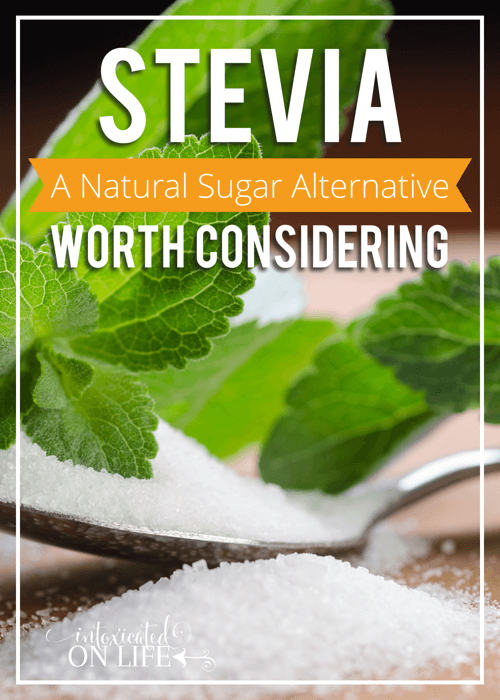
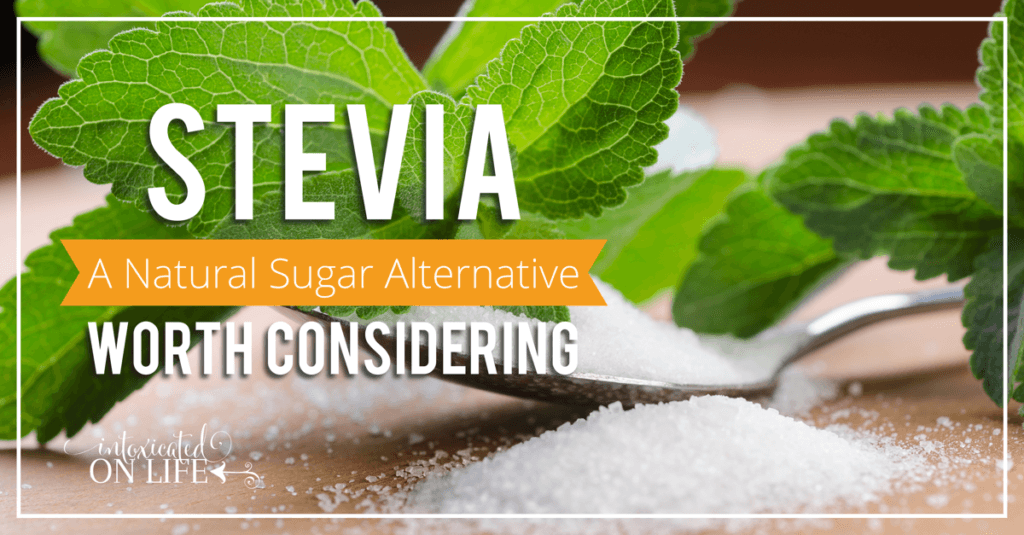
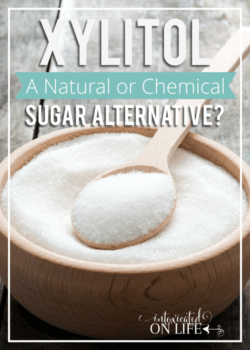
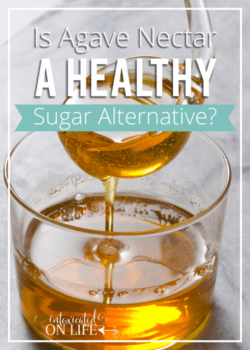
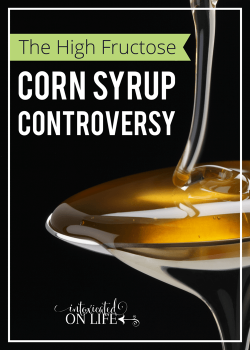
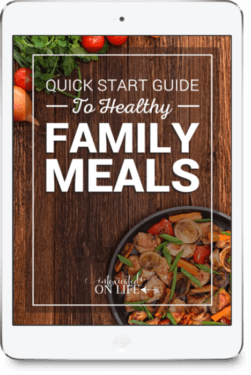

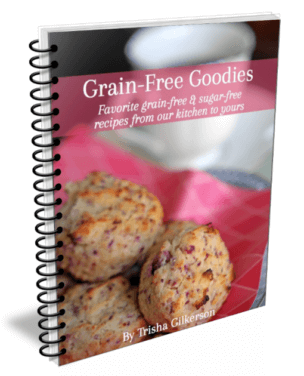
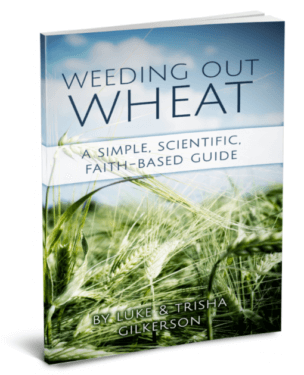
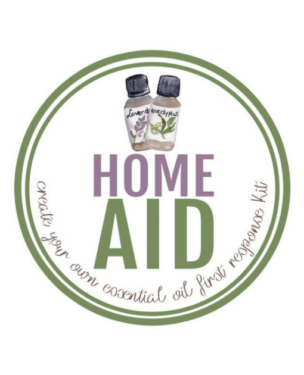

I have a number of friends who swear by Stevia, but I don’t like the taste of it in my coffee or tea. I suspect in baking the taste would be less noticeable.
The brand of stevia you use can make quite a difference I’ve found. You might try checking another brand out!
I’ve never heard of making syrup with stevia before. Great article. I’ve been curious about stevia, but just haven’t done a lot of research on it. Thanks for saving me some time! 🙂
Thanks for stopping by 🙂
I did not know the correlation with stevia and insulin levels. Do you know of sources I can do my research on this as it would be great to incorporate in my client consultations. Thanks!!!!
Clancy, the sources I linked to in the post would all be good places to start. They were some of the more compelling articles that I read. Check them out: here, here, here, and here. Unfortunately, these are all studies done on animals. I haven’t been able to locate similar studies with human subjects, if you run across any in your research I’d love to hear about them! Another thing to note is that I’ve read that both in Japan and Germany stevia is used to treat diabetes. I haven’t read this from any primary sources, so I’m not sure how much stock to put into this. Hope this gives you a good place to start your research. I’d love to hear anything more you discover!
Super helpful article, thank you! I know you’ve shared a bit of this info with me before, but seeing it all written out helped it all click in my brain better. Thank you! =) How is erythritol sold? I’ve seen xylitol sold in a bag…is it by that? Would Whole Foods have it? I guess I should just look =) I’m going to forward this along to my mom and my father-in-law who both were recently diagnosed with diabetes.
I purchase both xylitol and erythritol by the bag. I usually purchase me on amazon because its the cheapest I’ve found. I don’t have a whole foods in the area (sadness) but there are a couple of health food stores that carry both xylitol and erythritol, but they are about twice the price of what I can find on amazon. No idea how whole foods would measure up! Glad you enjoyed the article, I’ve enjoyed writing them!
amazon…of course =) Thanks, I’ll look it up there!
This is very helpful thank you. I see a lot of people switching to stevia in their healthy recpes but I’ve avoided it so far as every time I’ve seen it for sale it has been mixed with other ingredients that I didn’t recognise so I avoided buying it. Thank you for letting me know the difference between the types of stevia and giving me good sources to buy a completely natural stevia. I didn’t you could get stevia without added extras so I’ll definitely give it a try now.
However it’s not so good it can taste bitter. I currently sweeten my foods with dates as I prefer the use of whole foods.
I’m going to look into how to grow a plant too although I doubt it would grow in my climate but you never know!
Thank you!
I love stevia and use it in all my beverages and smoothies. I have been unsuccessful though using it in baking or any of the recipes I’ve tried. Thanks for this information.
I love Trader Joe’s stevia drops. They work great in iced hibiscus tea. Do you know how that compares to other brands you reviewed. My next step is to sweeten my yogurt.
I’ve not ever tried Trader Joe’s stevia drops, unfortunately we don’t have one near us 🙁
Thanks for the article! For future use, it’s means it is, whereas its means belonging to it. 🙂
Thanks for catching the typos! I think I fixed them all. 🙂